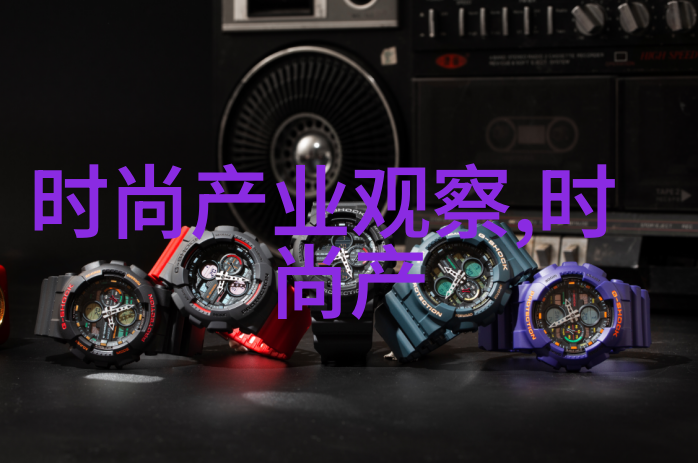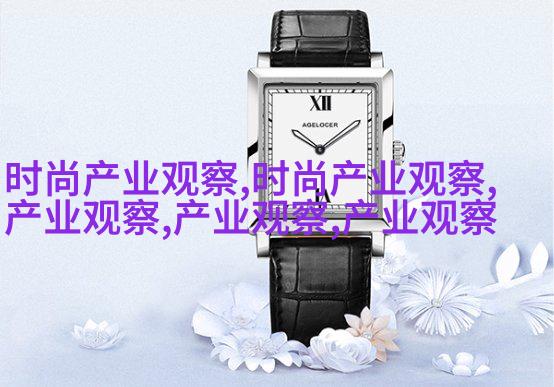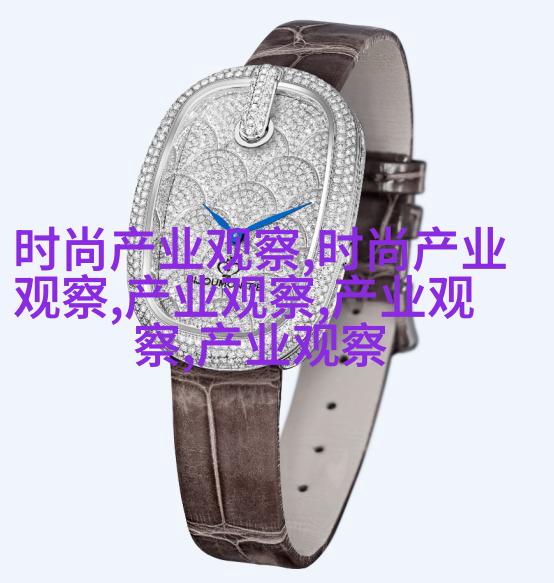304方管:基础与应用

在众多不锈钢材料中,304方管因其优异的耐腐蚀性和耐热性能,被广泛应用于各种工业领域。它是由18-8型合金制成,主要含有钛(Ti)、氮(N)等元素,其化学成分为:C≤0.08%、Mn≤2.00%、P≤0.045%、S≤0.03%、Si≤1.00%、Cr≥18.00%-20.00%,Ni≥8.00%-10.50%,以及其他元素各自限制范围内。
305不锈钢方管:特殊用途

305非标准化的不锈钢材质,由于其较低的镍含量,它通常用于制造更为经济实惠且对成本敏感度较高的小批量或特定项目。在某些情况下,305也被用作替代品来满足需要较低镍含量产品的地方。尽管如此,与更常见的304材质相比,305在市场上并不那么流行,但它仍然能提供出色的耐腐蚀性能。
316L不锈钢方管:高级选择

当对抗极端环境条件时,如海水接触、高温、高压等场景,316L是不错的选择。这款材料通过增加Mo到2-3%,并通过精细加工减少碳含量至大约0.03%,使得其具备卓越的抗侵蚀能力。然而,这种额外添加导致了成本上升,因此仅适用于严格要求高水平防护性能和长期稳定性的场合。
321 Stainless Steel Pipe: Corrosion Resistance and Strength

321 Stainless steel pipe is another type of high-performance material that offers excellent resistance to corrosion and stress, particularly in environments where exposure to sulfuric acid or other corrosive substances may occur due to the addition of titanium (Ti). The presence of Ti also improves its weldability.
While there are several types of stainless steel pipes available for use, each with their unique properties and applications, understanding the differences between them can help you make an informed decision about which one best suits your specific needs based on factors such as budget constraints, environmental conditions, and desired performance characteristics.

In conclusion, while both 304 and 317/318 stainless steel pipes offer impressive corrosion resistance capabilities suitable for a wide range of industrial applications but have different chemical compositions that affect their mechanical strength properties making them more versatile than others like austenitic grades containing nitrogen or carbon content at low levels they provide better flexibility in terms selection process as well as manufacturing cost-effectiveness compared to those with higher levels like duplex or super-duplex alloys; however this comes at expense increased production time & labor costs since more complex fabrication techniques are required prior final product delivery hence affecting overall profitability margins ultimately impacting market penetration rates amongst end-users industries worldwide.
By examining these factors it becomes apparent that choosing appropriate grade depending upon project requirements will lead towards efficient utilization resources while ensuring maximum safety standards compliance during service life cycle operation ensuring long-term sustainability across various sectors such as construction infrastructure oil refining food processing pharmaceuticals automotive aerospace electronics healthcare among many others who rely heavily on reliable durable materials handling equipment components fabricated using specialized techniques tailored specifically designed meeting industry-specific demands efficiently effectively cost-effectively reliably sustainably serving multiple purposes simultaneously without compromising quality output performance reliability longevity durability versatility adaptability maintainability repair replaceable parts interchangeability compatibility integration modularity scalability expandibility upgradability user-friendliness ease-of-use accessibility affordability availability affordability pricing competitiveness value-added services after-sales support training documentation warranties guarantees maintenance agreements etcetera etcetera...



